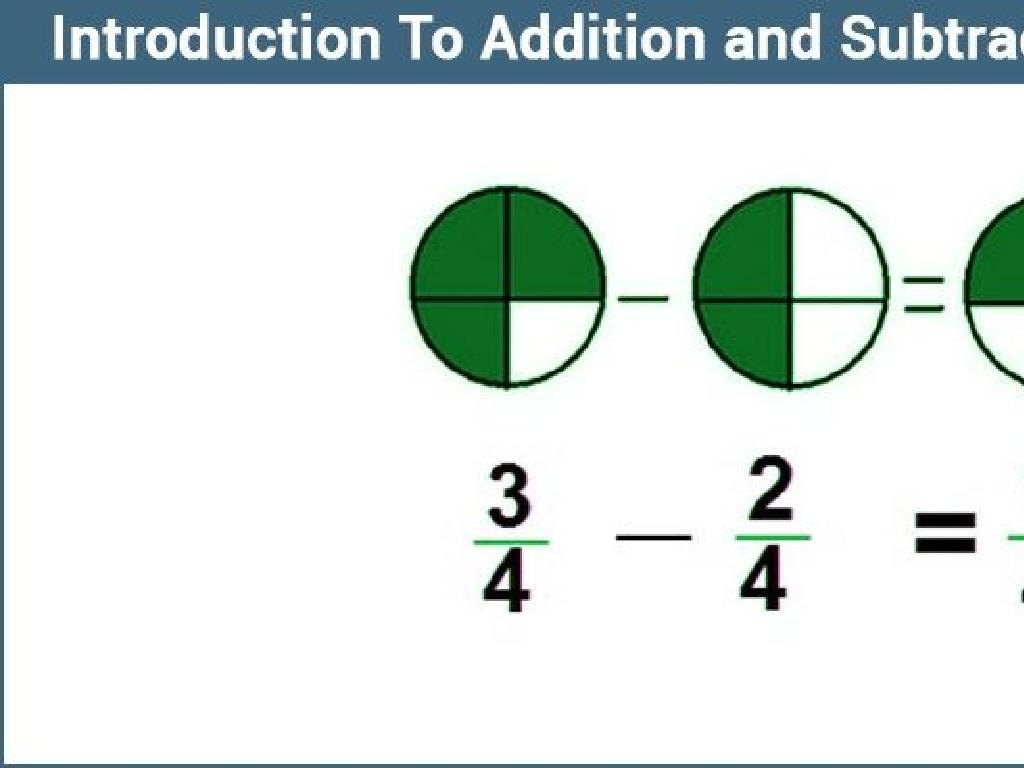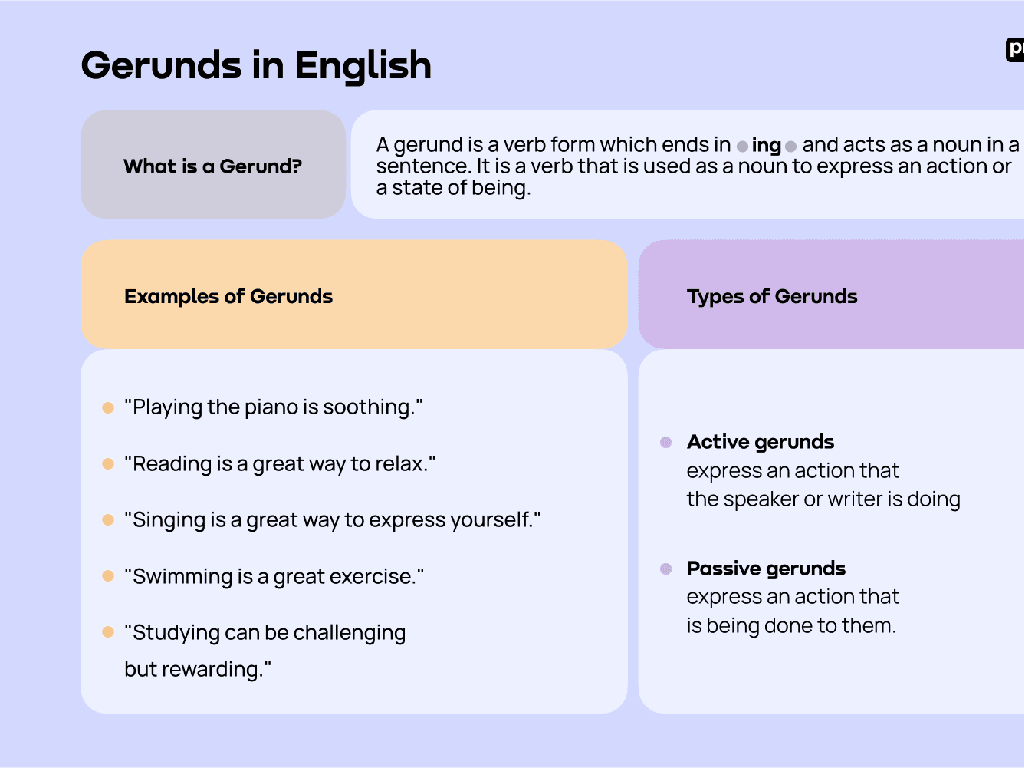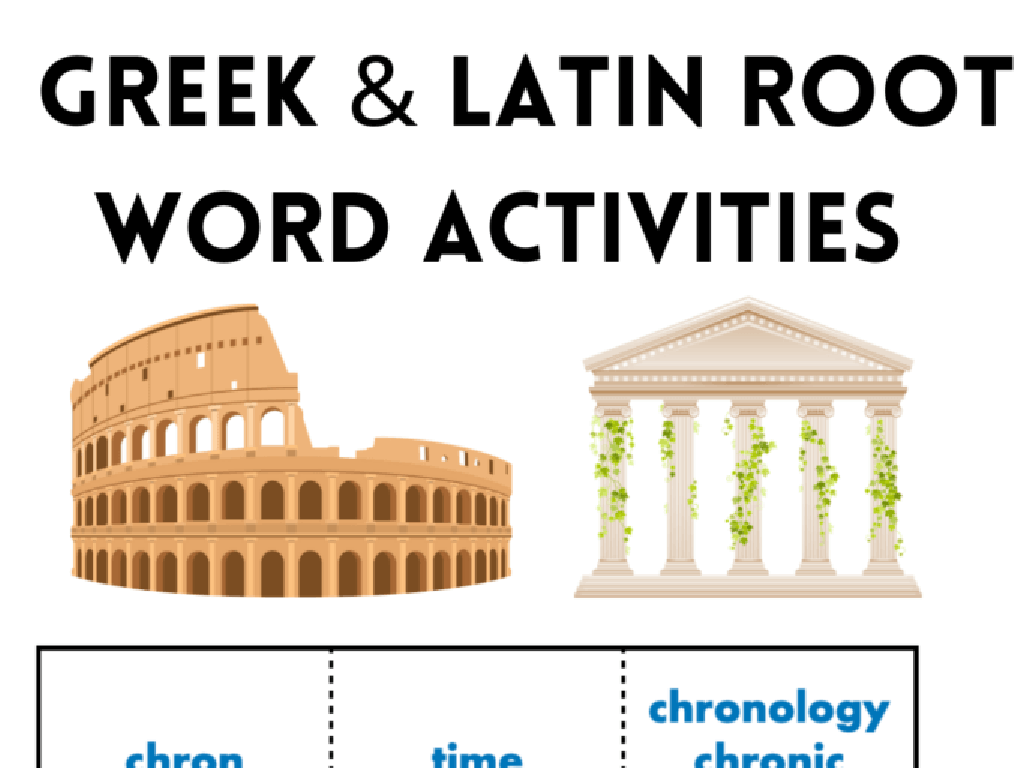Select Parts Of A Topographic Map
Subject: Science
Grade: Sixth grade
Topic: Topographic Maps
Please LOG IN to download the presentation. Access is available to registered users only.
View More Content
Welcome to Topographic Maps!
– Earth’s surface features
– Shows mountains, valleys, plains, and bodies of water
– Defining topographic maps
– A map depicting elevation and landform in detail
– Topographic maps’ significance
– Essential for planning, navigation, and land management
– Utilizing topographic maps
– Learn to read contour lines and interpret map symbols
|
This slide introduces students to the concept of topographic maps and their role in understanding the Earth’s surface. A topographic map represents the three-dimensional landscape on a two-dimensional surface, showing elevation, terrain, and features such as mountains, valleys, and bodies of water. Emphasize the importance of these maps in various fields such as hiking, urban planning, and environmental conservation. Encourage students to think about how different landforms can be represented on a flat map. In subsequent slides, we will delve into how to read and interpret the specific elements of topographic maps, such as contour lines and symbols, to gain a comprehensive understanding of the depicted terrain.
Key Features of Topographic Maps
– Understanding map symbols
– Symbols represent features like rivers, mountains.
– Significance of map colors
– Colors indicate elevation, vegetation, water.
– Reading the map scale
– Scale shows the ratio between map and actual distance.
– Interpreting the scale for distance
|
This slide introduces students to the essential elements of topographic maps. Symbols are a crucial part of these maps as they represent physical features and help in navigation. Colors are not just for aesthetics; they serve to differentiate between elevations and types of terrain such as forests and water bodies. The scale is a fundamental concept that allows us to measure real-world distances on a map. It’s important to teach students how to use the scale to determine distances between points on the map. Encourage students to practice reading these features with examples of topographic maps during the lesson.
Understanding Contour Lines
– Define Contour Lines
– Lines on a map that show elevation, relief, and slope.
– Learn about Contour Intervals
– The vertical space between contour lines, indicating the steepness of terrain.
– Determine elevation with contours
– By counting the contour lines from a known elevation, we can find the height of other points.
– Recognize elevation patterns
– Close lines mean steep terrain; wide spaces indicate a gentle slope.
|
Contour lines are essential for understanding the topography of an area. They connect points of equal elevation and help us visualize the landscape in three dimensions. Contour intervals, the space between these lines, tell us how quickly the elevation changes, which is crucial for identifying the terrain’s steepness. When determining elevation, students should start from a known reference point and count the number of lines up or down, considering the contour interval. Recognizing patterns such as closely spaced lines for steep areas and widely spaced lines for flat areas will help students interpret topographic maps effectively. Encourage students to practice with real map examples and to visualize the terrain these lines represent.
Reading Topographic Maps
– Identify landforms on maps
– Recognize hills, valleys, and plains using contour lines
– Calculate the slope of terrain
– Use contour lines to determine the steepness of an area
– Understand direction and bearing
– Use the compass rose to find cardinal directions and bearings
|
This slide introduces students to the skills needed to read topographic maps effectively. Students will learn to identify various landforms such as hills, valleys, and plains by interpreting the contour lines on a topographic map. They will also learn how to calculate the slope of the terrain, which is essential for understanding the geography of an area. Additionally, the concept of direction and bearing will be introduced, using the compass rose to determine cardinal directions and bearings. These skills are fundamental for outdoor navigation and understanding geographical features. Encourage students to practice by looking at different topographic maps and identifying the landforms and slopes depicted.
Exploring Topographic Maps: Key Features
– Identifying hills and valleys
– Hills are shown with concentric circles, valleys are the spaces in between
– Recognizing water bodies
– Look for blue areas and lines to find lakes, rivers, and streams
– Understanding flow direction
– Arrows or the ‘V’ shapes in contour lines point upstream
– Spotting man-made structures
– Symbols or shapes represent buildings, bridges, and roads
|
This slide aims to help students identify and understand the various parts of a topographic map, which is a 2D representation of a 3D landscape. Hills are depicted with concentric circles that become smaller as they rise in elevation, while valleys are the lower areas between hills. Water bodies are typically marked in blue, and the flow direction of rivers can be determined by the orientation of ‘V’ shapes in contour lines, which always point upstream. Man-made structures are indicated with specific symbols that students should learn to recognize. Encourage students to practice by examining sample maps and identifying these features.
Activity: Create Your Own Contour Island!
– Gather materials: clay, string, ruler, paper
– Follow the guide to mold a clay island
– Shape the clay to form hills and valleys like a mini landscape
– Add contour lines to your model
– Use string to mark levels; each string represents a contour line
– Label each contour line accurately
– Write the elevation next to the lines to show height difference
|
This hands-on activity is designed to help students understand the concept of contour lines on topographic maps by creating a 3D model. Provide each student with clay, string, a ruler, and paper. Guide them through the process of shaping their clay into an island with various elevations. Once the island is formed, students will use the string to represent different elevation levels, simulating contour lines. They will then label these lines to reflect the elevation change, just as they would see on a real topographic map. This activity not only reinforces the concept of topographic maps but also allows for creativity and tactile learning. Possible variations include creating different landforms or using different materials to represent water bodies or vegetation.
Class Discussion: Exploring Contour Islands
– Share your Contour Island
– Discuss any challenges faced
– Did you find any part of creating your Contour Island difficult?
– Relate model to real-world topography
– How do the contour lines on your model compare to real landscapes?
– Reflect on the learning experience
|
This slide is meant to facilitate a class discussion where students will present the Contour Island models they have created. Encourage them to talk about the process, focusing on any difficulties they encountered while constructing their models. Students should also make connections between their models and real-world topography, discussing how contour lines represent elevation and shape of landforms. The teacher should guide the discussion to ensure each student has the opportunity to share and reflect on their work. Possible activities include comparing models, discussing the importance of accuracy in topography, and exploring how topographic maps are used in various real-world applications.
Topographic Map Exploration: Homework
– Recap of topographic maps
– Homework: Local map research
– Find an online topographic map of your hometown
– Identify 3 key features
– Look for features like hills, valleys, or water bodies
– Share findings next class
– Be prepared to discuss the features you’ve identified
|
As we conclude today’s lesson on topographic maps, students should have a solid understanding of the map’s components, such as contour lines, symbols, and scale. For homework, students are tasked with applying this knowledge by finding a topographic map of their local area online. They must identify three key features on this map, such as elevation changes or bodies of water, and be ready to share their findings in the next class. This exercise will reinforce their understanding and help them recognize the practical applications of topographic maps in real-world scenarios. Provide resources or websites where students can find topographic maps and remind them to note the context of the features they choose.






